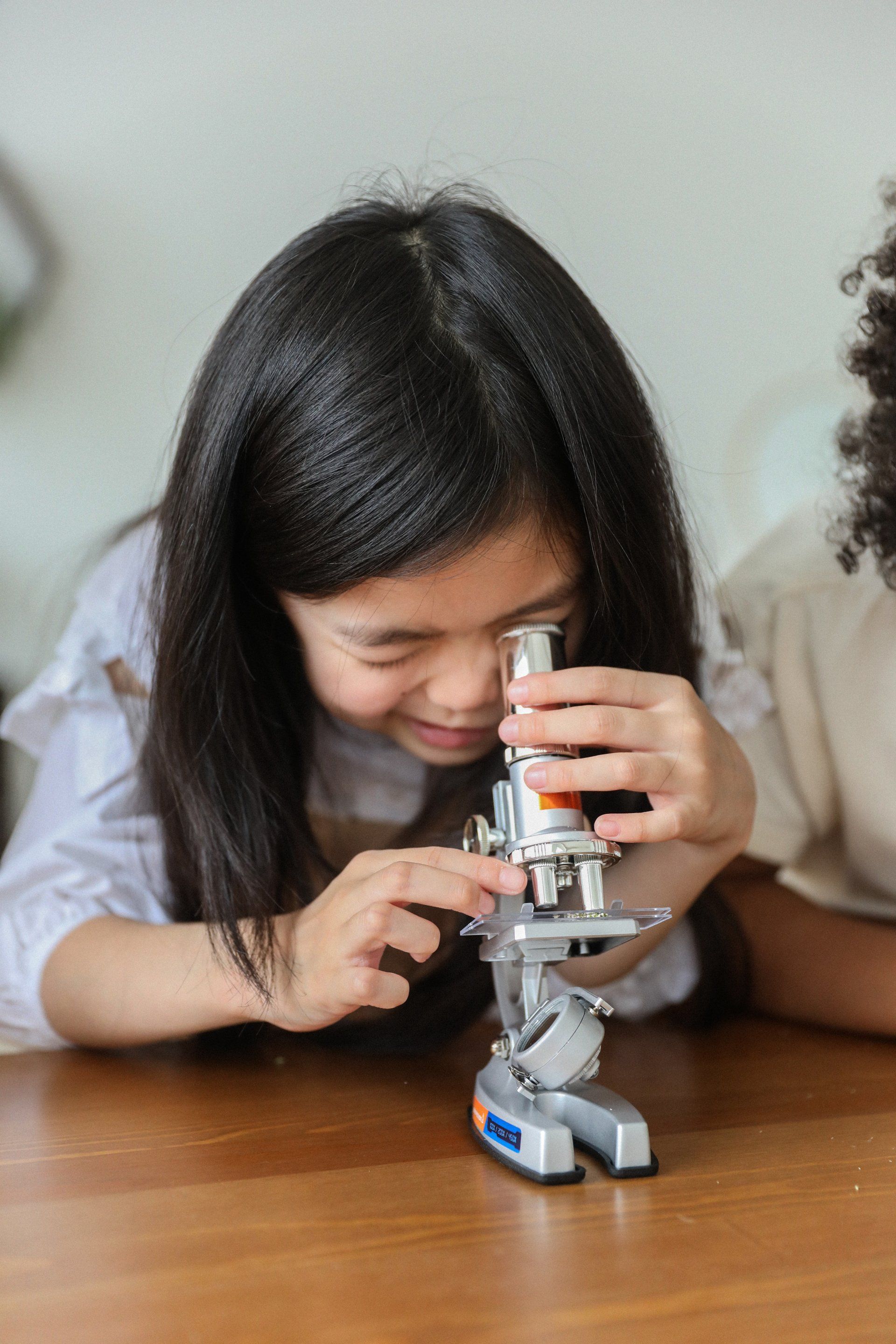Leveraging Innovative Solutions to Enhance Child Safety in an Increasingly Digital World
How Can Technology Improve Child Safety?
In a rapidly evolving digital landscape, ensuring the safety of our children has never been more paramount. From the classroom to the playground, and increasingly within the online sphere, technology is an invaluable ally in safeguarding our youngest and most vulnerable populations. This blog explores various technological advancements that contribute to child safety, highlighting practical applications, ongoing challenges, and the future of technology in this essential area.
Understanding the Risks
Before delving into the technological solutions, it’s vital to understand the risks facing children today. These risks range from physical dangers—like accidents and abductions—to digital threats such as cyberbullying, online predators, and exposure to inappropriate content. According to the FBI's National Crime Information Center, in 2020, over 421,000 children were reported missing in the United States. Concurrently, statistics reveal countless cases of online exploitation and harassment. Thus, addressing these pressing concerns through technology is timely and necessary.
Innovative Tools for Child Safety
1. GPS Tracking Devices
GPS tracking devices enable parents to monitor their children's whereabouts in real-time. Wearable devices designed as watches or accessories can be especially useful for younger children, offering peace of mind to parents. Many of these devices come equipped with geofencing features, which send alerts when a child leaves a designated safe zone. Some advanced models also include SOS buttons that children can activate in emergencies.
2. Smartphone Apps
Today’s smartphones are equipped with numerous applications designed to foster child safety. Apps such as Life360 allow families to create private circles where they can share locations and communicate directly. Other applications focus on emergency preparedness, teaching children how to handle dangerous situations. Many of these apps also feature parental controls, allowing parents to restrict access to inappropriate content and monitor online activities.
3. Home Security Systems
Smart home security systems equipped with cameras, motion detectors, and alarms can significantly enhance child safety. Parents can monitor their homes remotely through smartphone apps and receive live alerts when unusual activities are detected. Modern systems often incorporate smart locks and doorbell cameras, allowing parents to see who is at their door without opening it, reducing the risk of unwanted visitors and ensuring secure entrances.
4. Internet Filtering and Monitoring Tools
With children spending an increasing amount of time online, internet filtering and monitoring tools are vital. Software solutions, like Net Nanny and Qustodio, allow parents to filter inappropriate content, monitor screen time, and even track social media usage. This helps ensure that children are not only kept safe from cyberbullying and predators but are also developing healthy online habits.
5. Smart Wearables for Kids
Wearable technology that monitors health and location can also be employed for safety. Smart bands and fitness trackers with heart rate monitoring can help parents keep an eye on their children's physical wellbeing. Some devices even incorporate fall detection, alerting caregivers in case of potential accidents. This technology can be particularly beneficial for children with special needs or those involved in sports.
6. AI and Machine Learning
Artificial Intelligence (AI) and machine learning are playing an increasingly significant role in enhancing child safety online. Algorithms can detect harmful content, inappropriate messages, or bullying cues on social media platforms. Companies such as Instagram and Facebook have begun implementing such technologies to provide a safer environment for children, proactively managing threats and identifying risks.
7. Educational Technology
Education technology can also contribute to child safety by teaching children essential safety skills. Apps and platforms that promote social-emotional learning help children recognize unsafe situations and make more informed decisions. Additionally, interactive simulations can prepare children for emergencies in a controlled environment, making them more resilient when faced with real-life threats.
Challenges and Considerations
Despite the promising advancements in technology, challenges remain. Privacy concerns are at the forefront; parents need to navigate the fine line between ensuring safety and infringing on a child's right to privacy. The increasing use of surveillance technology can lead to intrusive monitoring, which can hinder a child's sense of autonomy and trust.
Moreover, while technology can provide numerous safety benefits, it is not foolproof. Cybercriminals continually evolve their tactics, making it necessary for parents and guardians to remain vigilant and educated about the online landscape. This includes staying updated on the latest safety apps, features, and guidelines.
The Role of Community and Collaboration
To enhance child safety, technology must not work in isolation. Schools, local communities, and governments should collaborate to develop integrated solutions. Educational programs can be instituted to inform children about the safe use of technology and the potential dangers they may encounter. Awareness campaigns can also empower parents to utilize technology effectively while encouraging open dialogue about online safety.
Technological solutions should be paired with traditional safety measures—like neighborhood watch programs and community events focused on child safety. By creating a culture of safety, we can ensure that technology serves as an enhancement rather than a replacement for community structures.
Looking Ahead: The Future of Child Safety and Technology
As technology continues to advance, the future of child safety looks promising. Emerging trends like blockchain for data security, enhanced biometric systems, and even drone-assisted surveillance pose exciting opportunities for improved safety measures. Looking ahead, the emphasis must remain on utilizing technology ethically, fostering trust between parents and children, and prioritizing child welfare above all.
In conclusion, technology provides myriad solutions to improve child safety today. From real-time monitoring to educational advancements, the tools available are bridging gaps and fostering a safer environment. However, it's crucial to balance this technological reliance with traditional values of community, trust, and open communication. By embracing innovation while ensuring thoughtful implementations, we can fortify our efforts to protect our children in an increasingly complex world.










